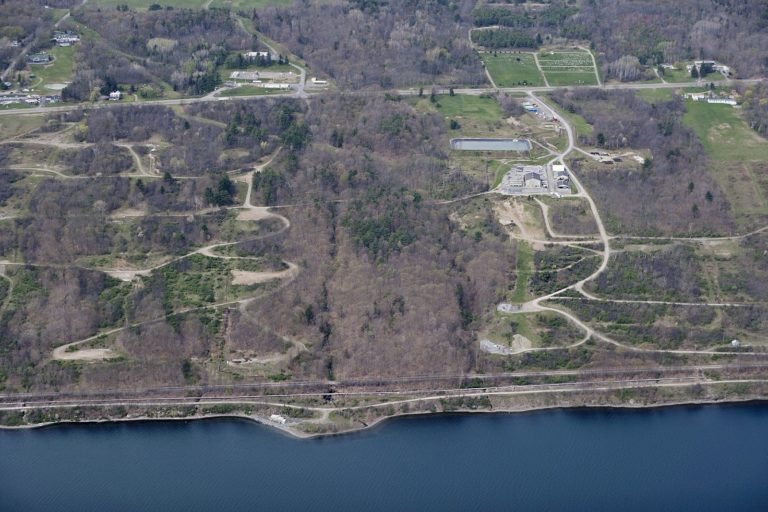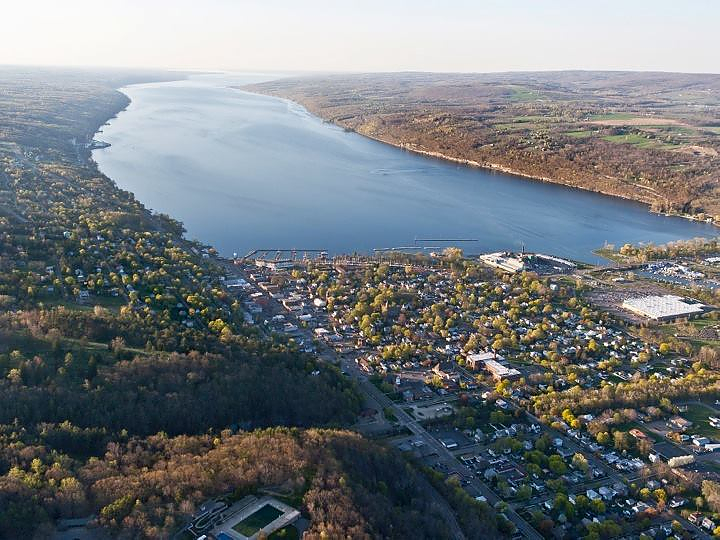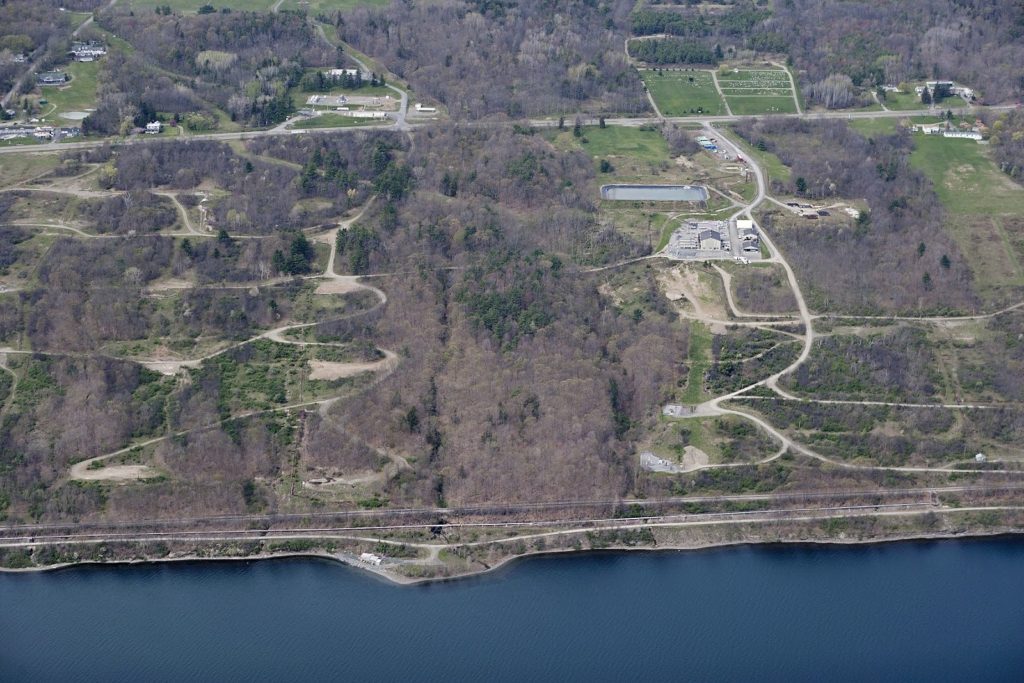
Joseph Campbell is the Principal at Seneca Lake Guardian, A Waterkeeper Affiliate.
New York State banned fracking, a dangerous form of drilling for methane gas, in 2014. However, the Finger Lakes region, in the heart of New York State, is slated to become the largest fracked-gas storage and transport hub for the Northeastern United States, with its largest lake, Seneca, at the epicenter.
Seneca contains 4.2 trillion gallons of water, and is the largest fresh-water body solely within New York’s borders. It is host to the most wineries in the region;its western side is one of the most agriculturally productive counties in the state. The area around Seneca Lake has a growing, sustainable local economy, and is a world-class tourist destination.
A Texas-based corporation, Crestwood Midstream, purchased the US Salt Plant on the western side of the lake for the sole purpose of storing natural gas and derivatives from fracked gas (liquefied propane and butane) in unlined, depleted salt caverns along the lake. On their website, they boast that they have 40 million barrels of energy storage potential. Their plan will lead to increased truck and rail traffic and includes a massive six-track rail siding to park over 50 tanker cars, two huge open brine pits, a 60-foot flare stack to burn off gas during the brine transfer process, and noisy compressor stations that create ground-level ozone (i.e. smog) as they force gases into the ground at high pressure. While some in the fracking industry claim that fracking creates jobs, this project will only provide 8-10.
This industrialization alone will kill tourism in the Finger Lakes, which creates 58,000 jobs and brings $2.8 Billion into the state on an annual basis.

The list of concerns about this plan runs as deep as the lake itself. The structural integrity of the caverns is questionable. According to a news report, one cavern was plugged and abandoned 10 years ago after an engineer found that its roof had collapsed in a minor earthquake. Another cavern sits directly below a rock formation plagued by “rock movement” and “intermittent collapse.” In September 2013, an earthquake that registered 2.0 on the Richter scale occurred along a fault line that bisects the proposed gas storage caverns on the west shore of Seneca Lake a mere 12 miles away.
If natural gas—an invisible, flammable vapor—were to escape from the caverns, the results could be deadly. In Hutchinson, Kansas, gas leaked from salt caverns, migrated eight miles through underground fissures and set off explosions that leveled buildings in downtown and killed two people. An independent risk analysis warns that if this facility is built, there is a more than 40% chance of a serious or extremely serious event (fires, explosions, loss of life) occurring within 25 years.
Other concerns include the cumulative environmental and health impacts that come with building an industrialized storage facility in a formerly rural area.
Seneca Lake serves as a drinking water source for 100,000 people. When 2 of these salt caverns were pressurized to store propane back in the mid-1960’s, there was a corresponding spike in the salinity of the lake. That propane was then removed, and stored in engineered, rock caverns further away from the lake. An expert hydro geologist warns that re-pressurizing those caverns again for propane storage could cause a similar spike in the lake’s salinity, making this drinking water resource undrinkable.

We face a battle on two fronts. The State’s Department of Environmental Conservation (DEC) has control over permitting for underground storage of propane, butane and compressed natural gas. The Federal Energy Regulatory Commission (FERC) has permit control over above ground infrastructure and pipelines for natural gas storage and transport. Despite appeals to the DEC, Governor Andrew Cuomo and other state and federal representatives, FERC approved the methane expansion. Crestwood never began construction, and is now applying for a 2 year extension. We are awaiting FERC’s decision on whether or not they will grant that extension. We are still awaiting a decision from the DEC regarding permits for the propane and butane project.
Despite massive opposition- including protests, arrests, and even jail-time served, not to mention a growing coalition of 400 regional businesses who oppose this, and 31 municipalities (towns, counties, cities and villages) in the region who have registered opposition (representing 1.2 Million NY Residents), Governor Cuomo remains silent.
Allowing Gas Industry Infrastructure into New York is as great a political liability—and a threat to all New Yorkers—as is permitting fracking. We cannot drop the ball on this. We need to put greater pressure on Cuomo and other decision-makers to make our voices heard. Please sign our petition here, and let Governor Cuomo know that we will NOT let the gas Industry creep further into New York. For more information, please go to www.gasfreeseneca.com